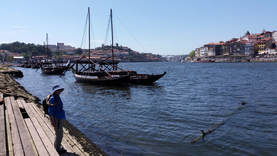 Barcos rabelos on the Douro at Vila Nova de Gaia
Barcos rabelos on the Douro at Vila Nova de Gaia On a morning's guided walk in Porto, we met a couple from Grange over Sands. The woman mentioned a sight that had struck me too. Lights from the city illuminated the station and its architecture. It must have been almost mid-night and shining gulls drifted against a backdrop of large white cumulus clouds.
Coimbra has the distinction of being the oldest university in Portugal. But to arrive on a day when the students are partying (as we did, inadvertently) is not a good idea. Access to hotels on hillside Coimbra was barred by road-closures to give priority to student floats. Students appear in black gowns- the garb JK Rowling adopted for Harry Potter. The hillside choked with exhaust fumes as exhausted tourists tried to find a way through, were forced to park way off their hotels and carry luggage some distances. That evening swifts screeched and the air was filled with the sirens of ambulances picking up students who had overdone the celebration. Next morning, squashed drinks cans crammed the spaces between the cobbles of Coimbra streets. A poster for expensive perfume, wisteria, and clusters of used drinks cans juxtaposed. As we walked to the Fish Market the clean-up was underway. An elderly man was clearing up student litter. Always someone else doing the cleaning-up.
Coimbra is Portugal's oldest university. A fine courtyard, library and chapel. And a medieval prison. We were met by former students who were friendly and informative. What offence might land student or lecturer in prison, I asked. Cheating by students, complicity of lecturers. And there was a tradition of protest toward a spectrum of anarchy. ( we read that in graffiti- the only law is your own authority!)
As we picnicked in the gardens of a grand hotel the mist descended and its towers vanished. The scent of wisteria filled the air and we walked beneath swags of flowers.

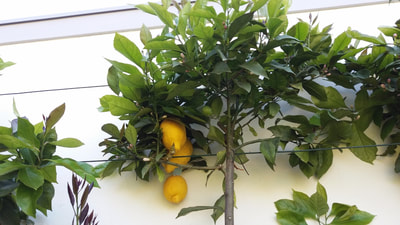
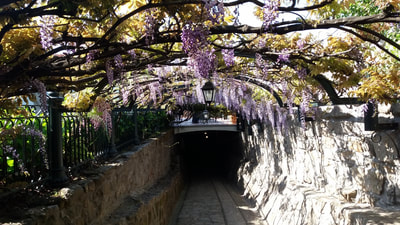
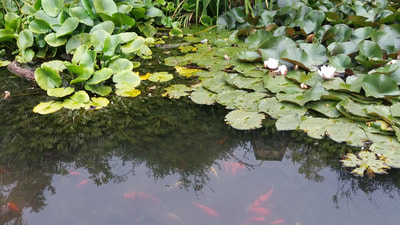
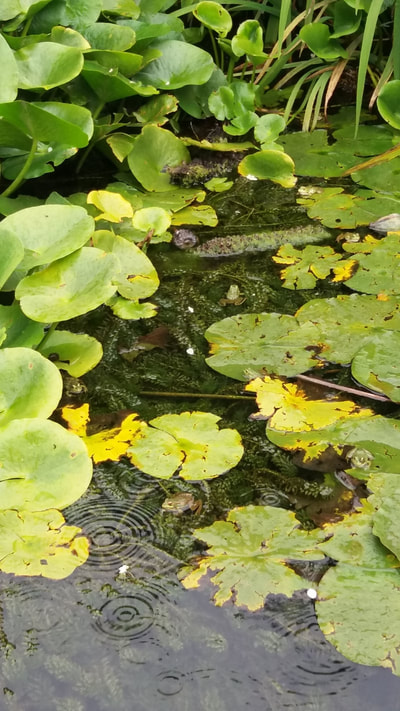
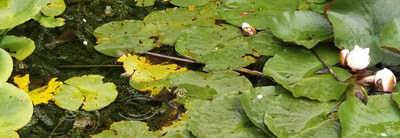
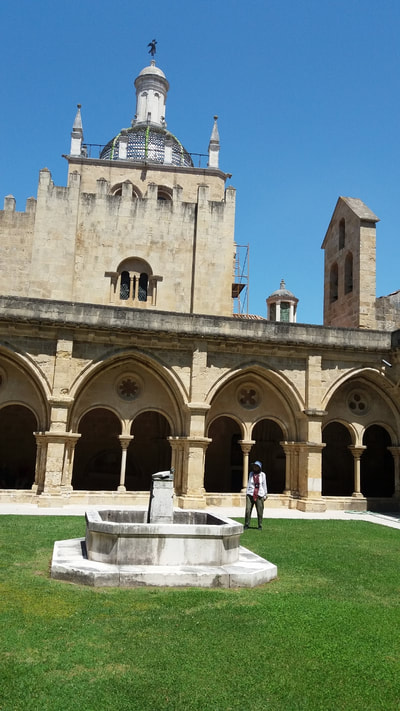
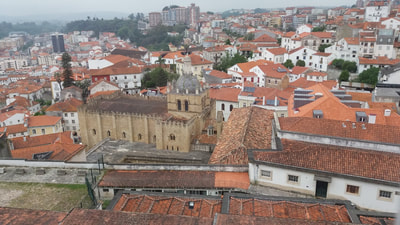
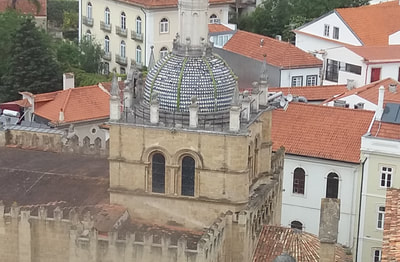
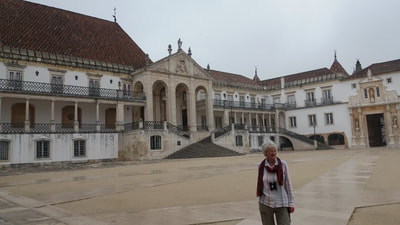
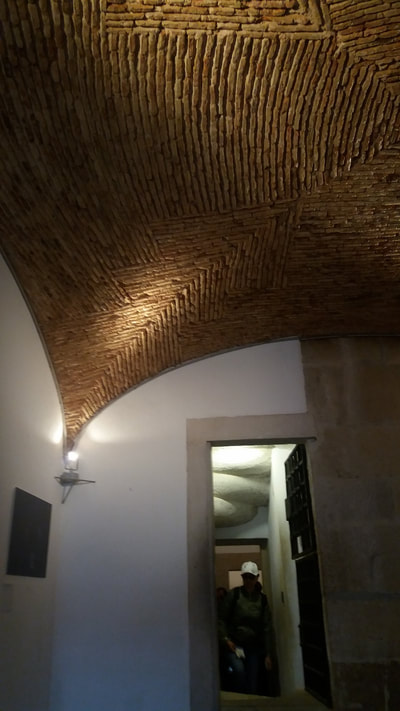
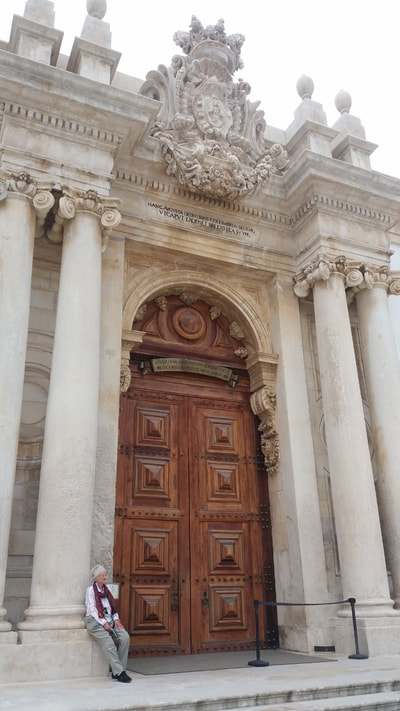
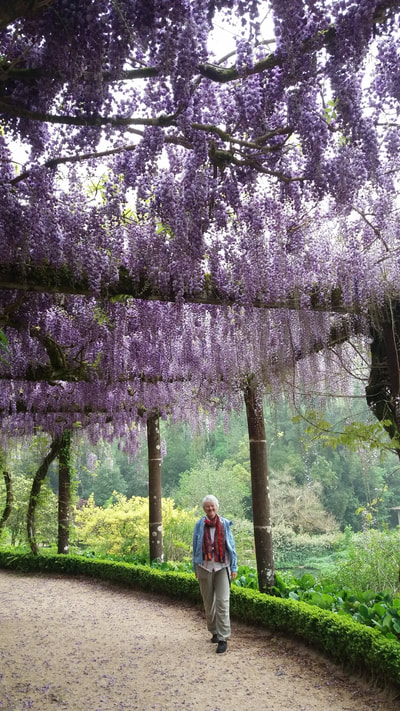
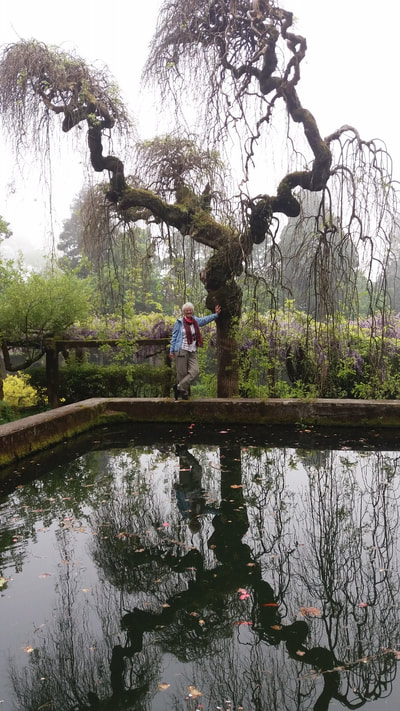
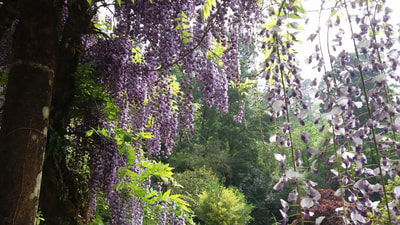
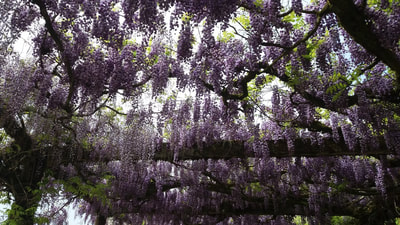
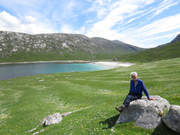
 RSS Feed
RSS Feed